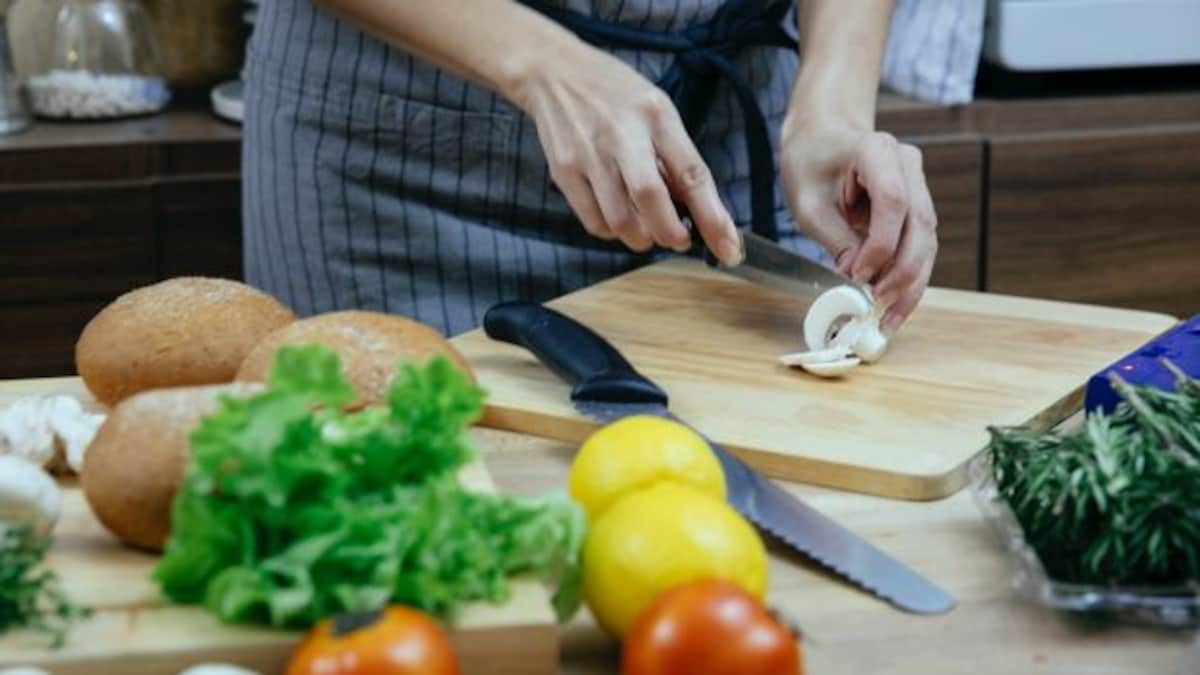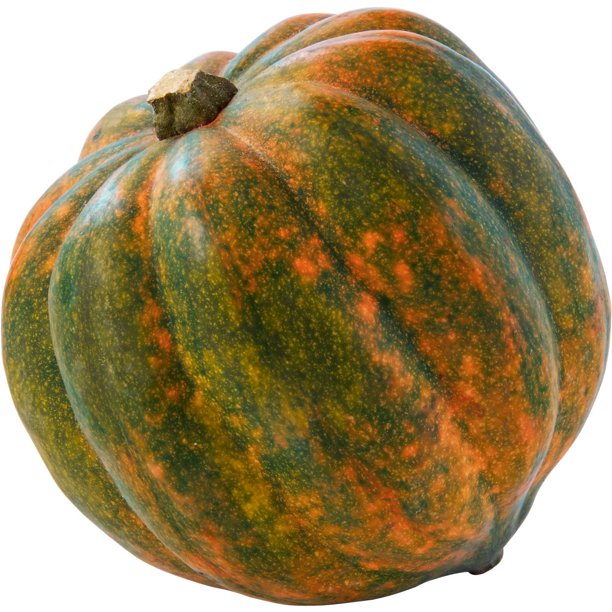
These cooking tips will make it easier for both novices and pros to cook better food. Learn the correct order of ingredients when adding them to a recipe. Different ingredients cook at different rates. Also, you'll learn how your senses work together to prepare food. Even if your senses aren't heightened by smell, you will learn how to use the thermometer to measure the temperature. And finally, don't be afraid to experiment with new flavors and textures.
10 simple cooking tips
If you enjoy trying new foods, learning how to cook can make your life more enjoyable. You can make even the most basic dishes more delicious and healthier by learning some basic cooking techniques. There are many methods of cooking chicken, salmon, broccoli, and black beans. The first stage of the operation involves beating eggs. Cooking eggs takes just five minutes! Another useful cooking trick is blotting meat before you cook it, which ensures that the piece of meat gets a nice sear.
Defrost frozen ingredients before you use them in your cooking. This will prevent them from losing their texture. You should also store frozen foods in a cupboard nearby to prevent heat and steam from escaping from the stove or refrigerator. This will preserve their taste. If you don't have a freezer, you can defrost them in the fridge if you need to.
Proper measuring cup
There are many types and sizes of measuring cups. A set of 6 pieces contains a measuring cup for each of the common measurements, including a 2/3 cup and a 3/4 cup. These are great for measuring dry ingredients such flour but not always the easiest. A set of these cups is a great way to ensure precise measurements of all things, liquids included. Here are some useful tips for purchasing measuring cups for cooking.

You should first buy a set that is both dry and liquid. There's no need to worry that you might accidentally fill them up with liquid if they're intended for dry ingredients. Avoid dipping the measuring cup in flour or other dry ingredients. This can cause inaccurate measurements. Because liquid measuring cups are ambiguous, this will result in a less precise measurement.
Storing food in a safe place
The first step in storing food correctly is to identify the items you'll be using. Some items don't spoil well, and they can be stored in the pantry or fridge. Other items should go in glass jars. Store non-perishable items in glass jars or airtight containers. You should keep them in a cool and dark area away from direct light. Below are some tips for storing food in the refrigerator.
First, keep your kitchen tidy and clutter-free. Avoid storing food near household items. Keep food cool and dark. To ensure that food is not left behind, make sure containers are tight fitting. Keep food out of direct heat sources such as pipes. Foods that are exposed to sunlight for too long can also change their color.
You can prepare food using only your senses
It can improve the cooking experience by using all your senses. Your taste buds are a great way to choose the right ingredients. It will be easier to determine the cooking time if you can visualize the flavor of a dish. This is true for all your senses of sight, touch, and smell. When shopping for ingredients, listen to your gut, and use your imagination to imagine what they will taste like. Red cabbage can be substituted for broccoli if it makes for a unique and delicious dish.

Your five senses will help you identify new foods, determine their quality, and then enjoy them even more. You will discover that there is a whole world beyond what you think. You can learn all about flavour science and develop your ability to taste food while you cook. You'll discover what the difference is between a fake emoji peach and a real one. You'll even learn how to appreciate the bitterness and sweetness of grapefruit and rhubarb. Even if your kitchen seems cluttered, make use of all your senses to see around and help you prepare what's being prepared.
FAQ
How can I be hired as a chef?
Word of mouth can help you get a job as an experienced cook. You might be able to find out about a restaurant looking for additional staff through your family and friends. A lot of restaurants also advertise their openings on bulletin boards or websites.
What is the cost of a culinary school?
The cost of a culinary school depends on where you are, how much you study, and what program or course you choose. The annual tuition average is between $10,000 and $30,000 Students graduate with approximately $20,000 of debt. Some programs offer work-study, grants, scholarships and grants.
How Long Does it Take to Become a Chef? What Is the Average Career Path?
A chef's career takes about five years. This time you'll learn the basics of cooking and work as a cook assistant. After your training is complete, you will be eligible to apply for a job as a sous chef, executive chef, or line cook. The annual average salary of a chef is $25,000-$60,000.
Is there any difference between a chef or a cook.
A chef is someone who prepares food for others. A cook prepares food for himself or herself. While both jobs involve the preparation of food, a chef interacts directly with his customers. This means they may have to decide what to serve guests based on their preferences. A cook doesn't need to interact with clients. Instead, he or she ensures that the food tastes good before serving it to anyone.
What are some basic cooking skills?
Basic cooking skills include knowing how to read recipes, measure ingredients, cook food safely, and clean up after yourself. This is the first step to learning how to cook. Cooking is a great way save money as you don’t have to order take-out every day.
Statistics
External Links
How To
How to make an omelet that is perfect
Omelets are my favorite breakfast dish. But how do you make them perfectly? I've tried many recipes and different methods but none have worked. So I wanted to share some tips and tricks so that you can make delicious, fluffy omelets every morn.
Before we start making omelets, let's remember that eggs are temperamental. They must be fresh, preferably from the organic market, and be kept cold until cooking. If you don't keep them cold enough, the whites won't form properly, and the yolks will break down too much and become runny. This makes your omelets look weirdly colored. If you're going to cook them immediately, it is best if the eggs are still warm.
Another tip is to separate your egg before adding it into the pan. It is important not to allow any white to mix with the yolk as this could lead to the omelet becoming curdled.
You might burn the bottom of the egg if you place the egg directly on the stovetop. This could ruin the texture of your omelet. Instead, put the egg in the microwave for 10 seconds before putting it into the pan. The microwave heat will cook the egg just right without making it too hot.
Next, let’s talk about mixing the egg. When mixing eggs, it is important to thoroughly beat them. Turn the bowl upside down and grab the whisk to do this. Next, shake the bowl vigorously. This allows the air to be whipped and the egg to be mixed thoroughly.
Now comes the fun part: adding the milk to your mixture. The first step is to pour half of the milk in the beaten eggs. Next, fold the eggs into the remaining milk. Don't worry if there are still streaks of egg visible; these streaks will disappear once you flip the omelet.
After folding the eggs, place the pan on medium heat and wait for the oil to start sizzling. Once the oil has gotten hot, add 1/4 cup of butter and swirl it around so that the entire pan is coated. Next, carefully open the lid and sprinkle salt into your pan. A pinch of salt will help prevent the omelet from sticking to the pan.
Once the omelet has formed, cover the pan again and wait for the top side to set completely. Flip the omelet with a spatula, or flip it upside down. Cook the opposite side for another minute. Serve the omelet immediately by removing it from the pan.
This recipe works best with whole milk, but skimmed milk also works.